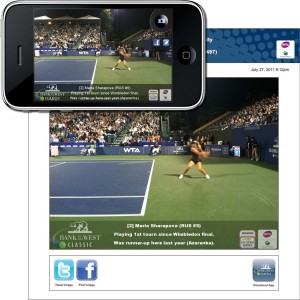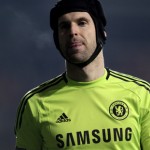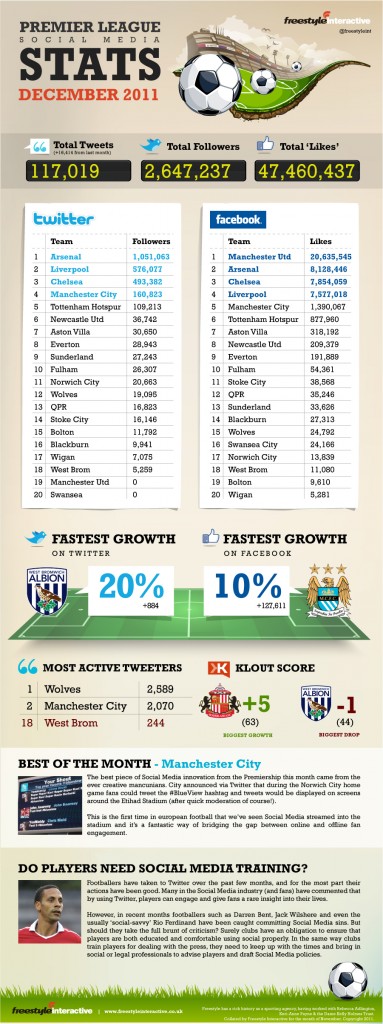
CrowdOptic's technology was used at the Bank of the West tennis event this past summer to give fans instant data on any player whose picture they took.
For the mobile sports market, a company called CrowdOptic is trying to crack the code with a technology base that can offer real-time mobile analytics about what people at a game are watching to advertisers, teams and other interested parties — while also providing a real-time communications stream back to mobile phone users that could significantly enhance the sporting event they are attending.
Though the San Francisco-based startup doesn’t yet quite have a shrink-wrapped product or service, it has already demonstrated its ability to use its unique triangulation algorithm and augmented-reality app to give fans at a tennis event real-time info about the player they’ve just snapped a picture of. On the back end, CrowdOptic was able to give event organizers detailed information on exactly what the most fans were looking at through their cell phones — a practice the company calls “hyper targeting,” which theoretically could provide incredibly granular sets of data about what exactly is catching people’s attention at a sporting event. It is all wrapped under a banner the company calls “Focus-Based Services,” in an attempt to move the discussion beyond location based services and to a place where you can determine what people are looking at, and not just where they are.
While the augmented-reality app, which was tested at the Bank of the West Classic in Palo Alto this past summer, is one cool way to use CrowdOptic’s technology, the company isn’t yet limiting itself to just one app or service. Since the system can detect, in real time, where a crowd of mobile-phone users is shifting its attention, the possibilities for the platform to support other applications such as stadium security, in-seat advertising or ticketing may be partially why CrowdOptic was able to raise $1.5 million in funding, including a $500,000 round led by Bowman Capital this past October.
“The crown jewel that we have is the algorithm of triangulation,” said Jim Kovach, a former NFL player with the San Francisco 49ers and New Orleans Saints who is CrowdOptic’s chief operating officer. With a small app installed on a phone, CrowdOptic takes info from the phone’s GPS service and its camera, and feeds it into a system that can then provide what Kovachs calls “Google style analytics” to show what the fans are pointing their phones at. While there is still work to be done to build workable apps on top of such a platform, it’s easy to guess that an app bolstered with CrowdOptics-type analytics would be more compelling for teams, advertisers and others than a standalone app that only could broadcast info to fans but provided no back-end aggregate of where fan attention was directed.
As stadiums become better connected — say via the Cisco Connected Stadium approach — a CrowdOptic-type app running above the network plumbing could provide many ways for teams, advertisers and fans to interact in a fashion that not only delivered the best advertising to the most eyes, but could conceivably also assist in matters such as stadium security. For instance, if there was a fight or a safety situation inside the stadium, the incident could be immediately “reported” via fans pointing their cell phones at it. During incidents like the recent blackouts at Candlestick Park, CrowdOptic-connected fans might get a safety message from the stadium telling them what was happening. On a more sane level the app could help teams figure out where to best put advertising banners, and when to change messages for optimal viewing.
“Our system really goes hand in hand with stadiums that have networks like the ones Cisco installs,” Kovach said. “With that kind of connectivity we can jump in there and really raise the bar on the kinds of analytics and capabilities that can be offered to advertisers and to the fans at the game.”
So far, CrowdOptic has only announced tests with sports that are easier for the technology to isolate the participants — like tennis, where athletes are separated across a court, and motor car racing, where the vehicles stay inside discrete boundaries. Kovach said that a sport like football doesn’t lend itself well to CrowdOptic technology (the players are too close together, and move too rapidly and randomly) but baseball is a potential perfect fit (players widely spaced, lots of “pause” time and fans deeply interested in statistics).
Founded by longtime entrepreneur Jon Fisher (who met Kovachs when Fisher was on the board of a non-profit health concern Kovachs was running), CrowdOptic has a small list of paying customers, including IMG Reliance, Bank Of The West, Andrews International and Infineon Raceway — and Kovachs expects that to list to grow before 2012 ends. Clearly, just like the athletes targeted by fans using its apps at sporting events, CrowdOptic is worth watching.








